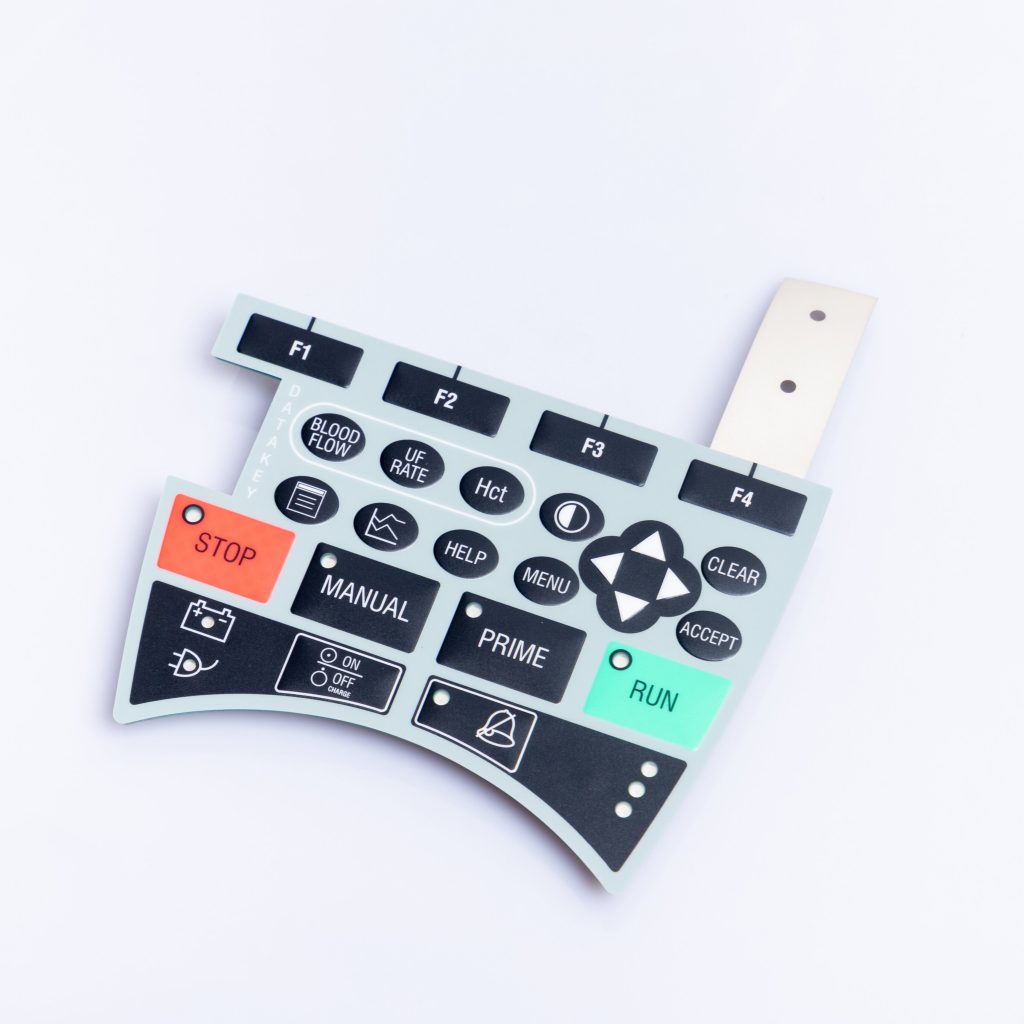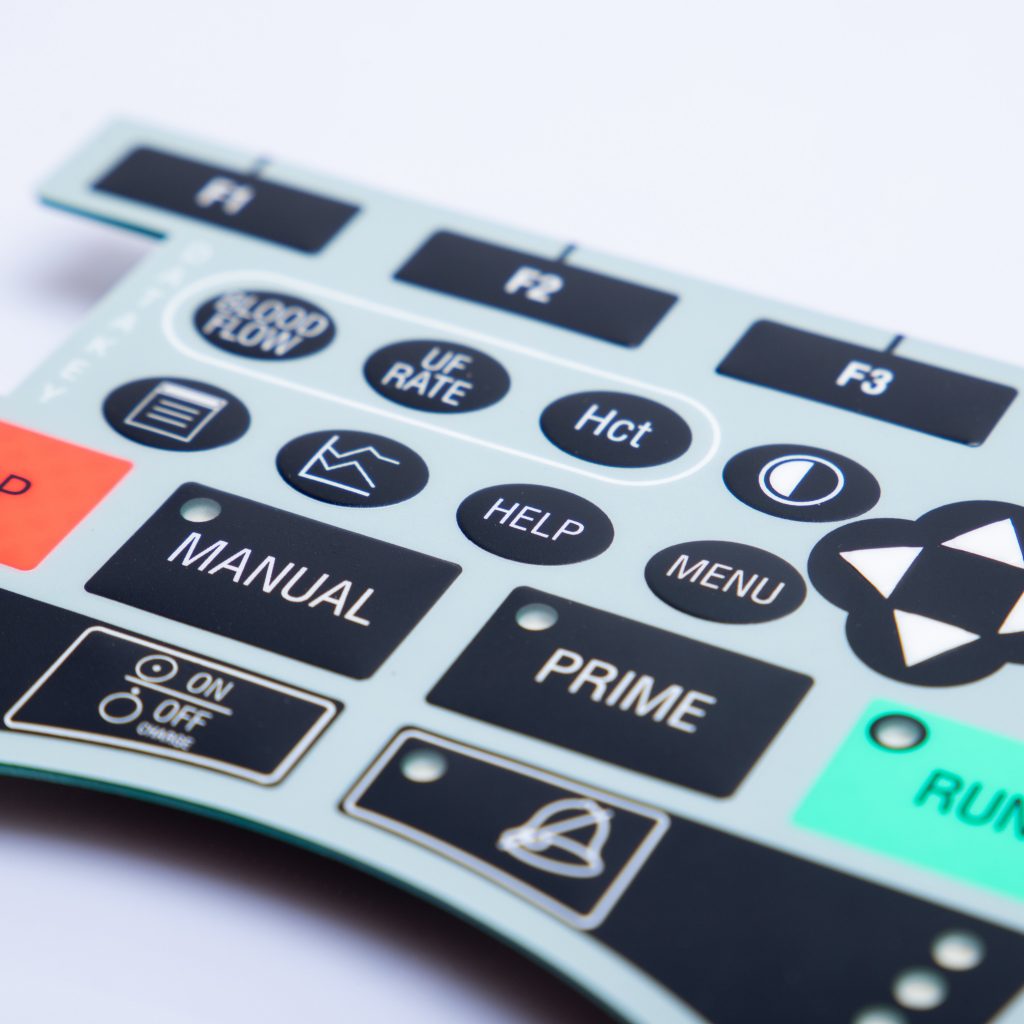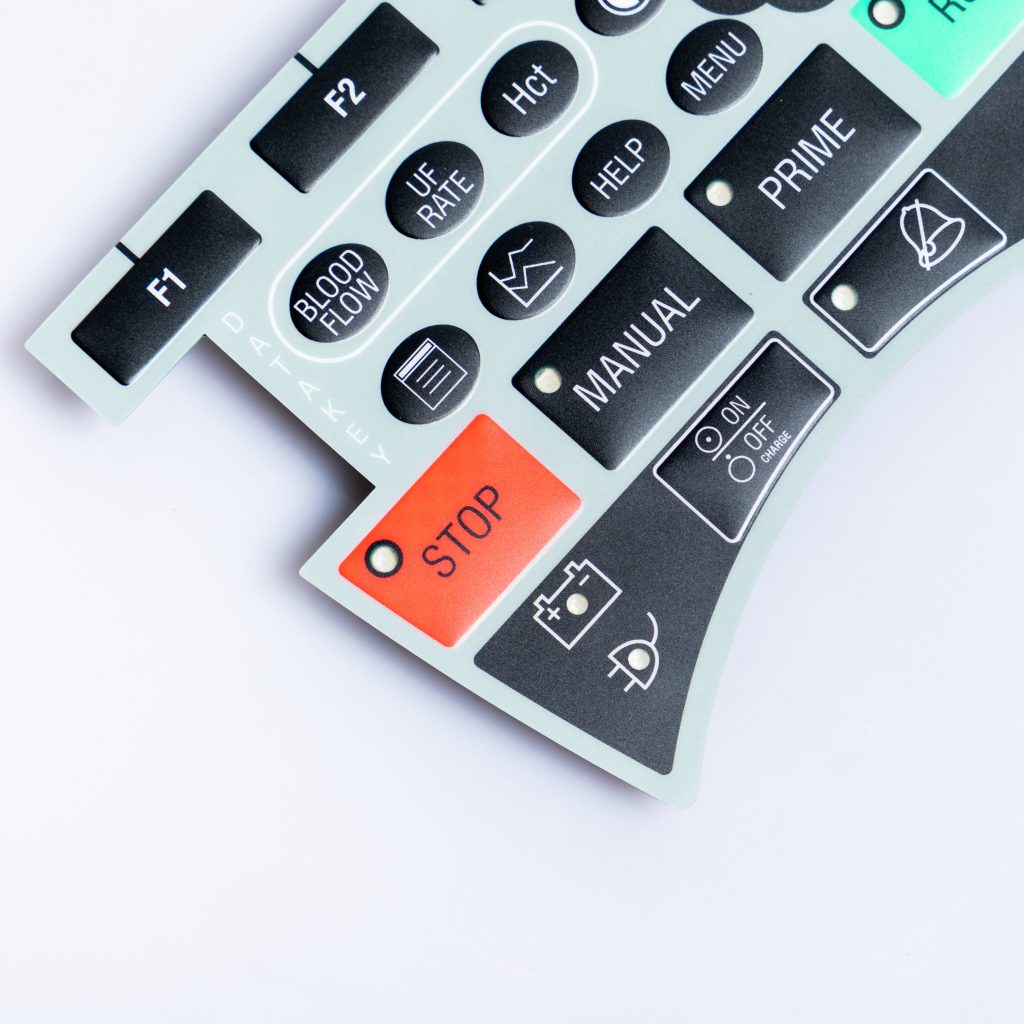Contact
Write to Us And We Would Be Happy to Advise You.
Do you have any questions, or would you like to speak directly with a representative?
By hqt
Membrane switches are an integral part of many electronic devices, providing a user-friendly interface for various applications. The design of these switches plays a crucial role in enhancing the user experience and overall satisfaction. In this article, we will explore the different design elements that can significantly improve the user experience of membrane switches. We will also delve into the ways in which factories can support and assist customers in their journey towards achieving the desired user experience.



Membrane switches consist of several layers, including a membrane overlay, spacer, and circuit layer. Each layer contributes to the overall functionality and usability of the switch. By implementing the following design considerations, manufacturers can enhance the user experience:
1. Ergonomic Layout and Placement
A well-thought-out layout and placement of the switch elements can make a significant difference in user experience. The arrangement of buttons, icons, and indicators should be intuitive, allowing users to navigate effortlessly. Considering ergonomic principles can help prevent user fatigue and improve overall comfort.
2. Responsive and Tactile Feedback
Providing users with clear and responsive feedback when interacting with the membrane switch is crucial. Incorporating tactile elements such as dome switches or capacitive touch technology can enhance the user’s sense of control and satisfaction. Users should receive immediate feedback, whether through visual cues, auditory signals, or haptic responses.
3. Clear and Readable Graphics
The design of the membrane switch graphics is vital for ensuring usability. Clear and readable graphics, including icons and labels, help users quickly understand the switch’s functions and reduce the likelihood of errors. Utilizing high-contrast colors and legible fonts will improve readability and accessibility for a wider range of users.
4. Intuitive Iconography
Icons play a significant role in conveying information quickly and effectively. When designing membrane switches, manufacturers should use universally recognized icons that align with the device’s function. It’s important to consider cultural differences to ensure the icons are easily understandable by users worldwide.
5. Backlighting and Illumination
Backlighting and illumination options can greatly enhance the user experience, especially in low-light or dark environments. Incorporating LED backlighting or fiber-optic illumination can provide better visibility and improve usability, making the membrane switch more user-friendly and visually appealing.
6. Durability and Longevity
Designing membrane switches with durability in mind is crucial for long-term user satisfaction. Utilizing high-quality materials and protective coatings can ensure the switches withstand harsh environments, frequent use, and potential exposure to liquids or contaminants. Longevity and reliability contribute to a positive user experience.
Factories have a crucial role in supporting and assisting customers to achieve their desired user experience with membrane switches. Here are some key steps that factories can take:
1. Collaborative Design Process
Factories should engage in a collaborative design process with customers to understand their specific needs and requirements. By working closely with customers, factories can provide tailored solutions that meet their expectations and enhance the user experience. Regular communication and feedback loops ensure that the final product aligns with the customer’s vision.
2. Customization and Flexibility
Factories should offer customization options to accommodate various design preferences and specifications. This flexibility allows customers to create membrane switches that align with their brand identity and end-user requirements. Offering a range of customization possibilities, such as different materials, textures, and printing techniques, empowers customers to achieve the desired user experience.
3. Prototyping and Testing
Factories should assist customers in the prototyping and testing phases of membrane switch development. By providing rapid prototyping services and offering guidance during the testing process, factories can help customers identify any design flaws or areas for improvement early on. This collaborative approach saves time, reduces costs, and ensures a higher-quality end product.
4. Technical Expertise and Support
Factories should have a dedicated team of technical experts who can provide guidance and support throughout the design and manufacturing process. Having knowledgeable professionals who can address customer queries, offer recommendations, and troubleshoot potential issues fosters a positive customer experience. Factories can establish themselves as trusted partners by delivering timely and accurate technical assistance.
5. Streamlined Manufacturing Processes
Efficient manufacturing processes are essential to meet customer expectations in terms of quality, cost, and delivery time. Factories should continuously optimize their production processes to minimize lead times, ensure consistent quality control, and offer competitive pricing. Streamlined operations contribute to a seamless customer experience and build trust and loyalty.
6. After-Sales Service
Factories should prioritize after-sales service and support. This includes providing warranty coverage, facilitating repairs or replacements, and addressing any customer concerns or feedback promptly. A comprehensive after-sales service ensures that customers feel supported throughout the lifecycle of their membrane switches, further enhancing the overall user experience.
1. Can membrane switches be used in harsh environments?
Yes, membrane switches can be designed to withstand harsh environments. By utilizing durable materials, protective coatings, and sealing techniques, manufacturers can ensure the switches remain functional and reliable even in challenging conditions.
2. Can membrane switches support complex functionality?
Yes, membrane switches can support complex functionality by incorporating multiple layers, including tactile feedback elements, LED indicators, and capacitive touch technology. The design can be tailored to accommodate a wide range of functions and user interactions.
3. How long do membrane switches typically last?
The lifespan of membrane switches depends on various factors, such as the quality of materials used, frequency of use, and environmental conditions. Well-designed and properly manufactured membrane switches can last for several years of regular use.
4. Can factories assist with membrane switch design improvements?
Absolutely! Factories can provide valuable input and suggestions to improve the design of membrane switches. With their technical expertise and experience, they can offer insights into material selection, manufacturing techniques, and functionality enhancements.
5. What are the advantages of LED backlighting in membrane switches?
LED backlighting in membrane switches provides several advantages, including improved visibility in low-light environments, enhanced aesthetics, and energy efficiency. LED technology offers a range of color options and longer lifespan compared to traditional backlighting methods.
6. Can factories help with small-scale production of membrane switches?
Yes, factories can cater to both large-scale and small-scale production of membrane switches. With advanced manufacturing capabilities, they can accommodate different production volumes, ensuring customers receive the desired quantity of switches.
Design plays a crucial role in improving the user experience of membrane switches. By considering ergonomic layouts, tactile feedback, clear graphics, intuitive iconography, backlighting options, and durability, manufacturers can create switches that offer enhanced usability and customer satisfaction. Additionally, factories can support customers by engaging in collaborative design processes, offering customization options, providing technical expertise, streamlining manufacturing processes, and prioritizing after-sales service. With a focus on user-centric design and exceptional customer support, membrane switch manufacturers and factories can contribute to an optimized user experience and long-term customer success.
Do you have any questions, or would you like to speak directly with a representative?